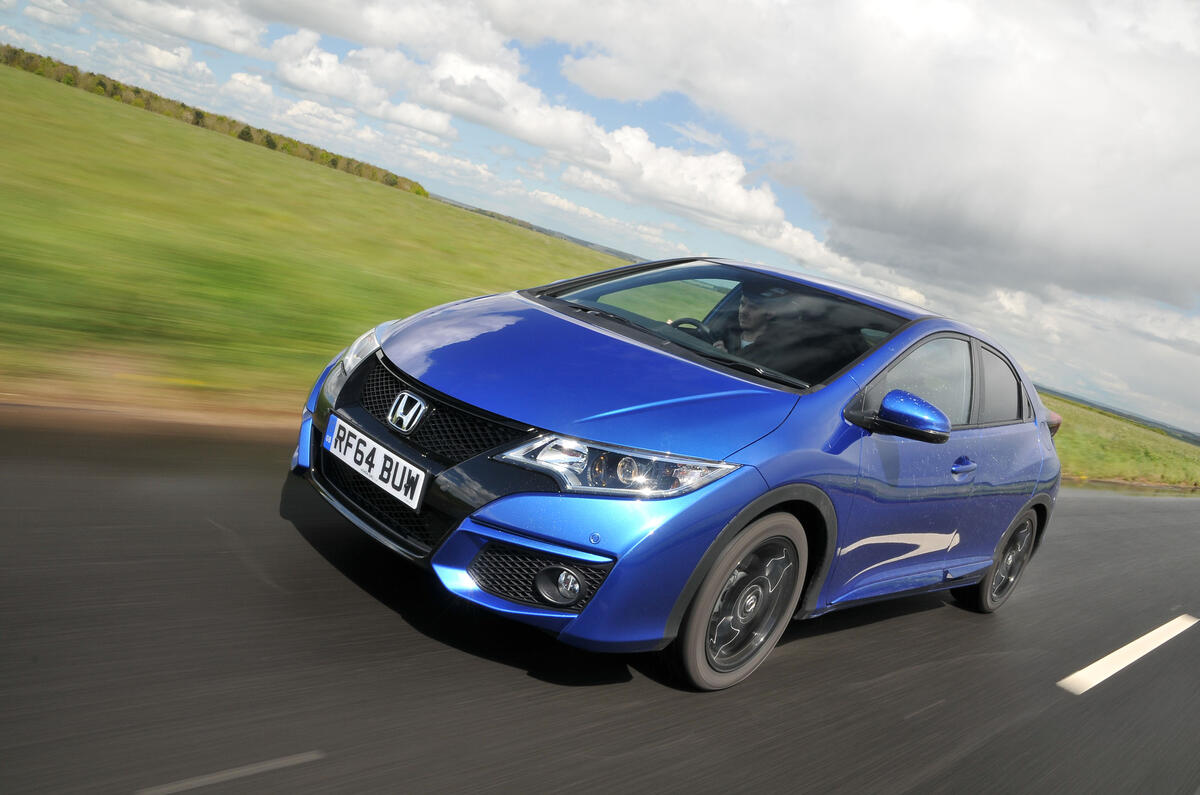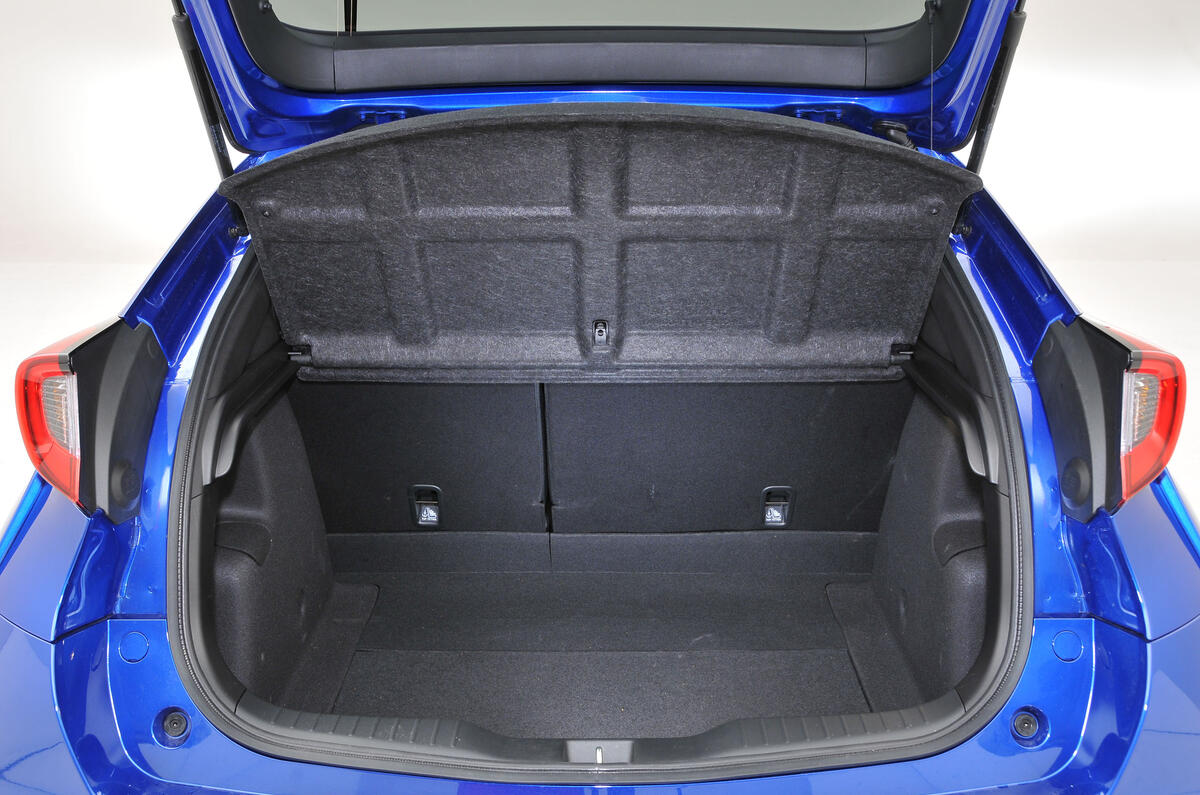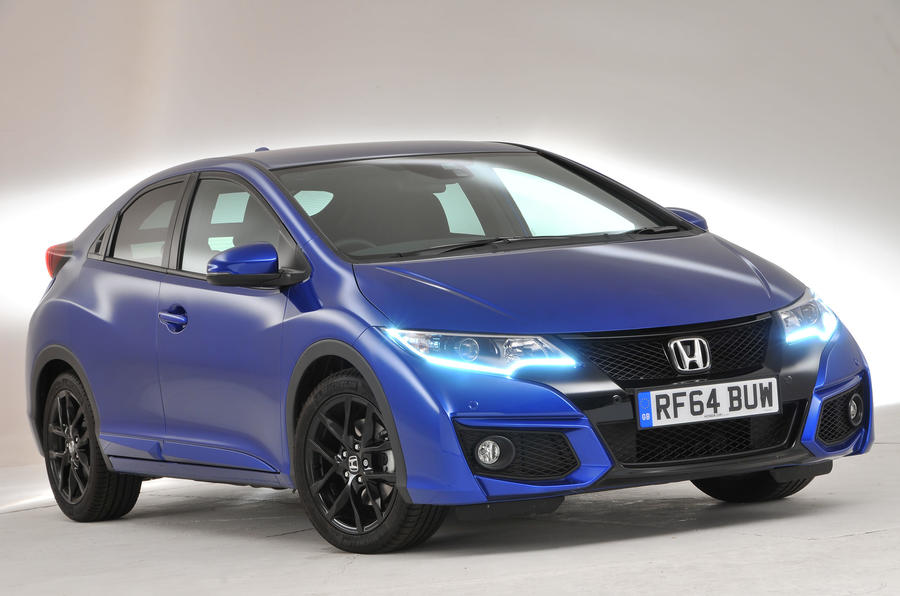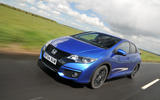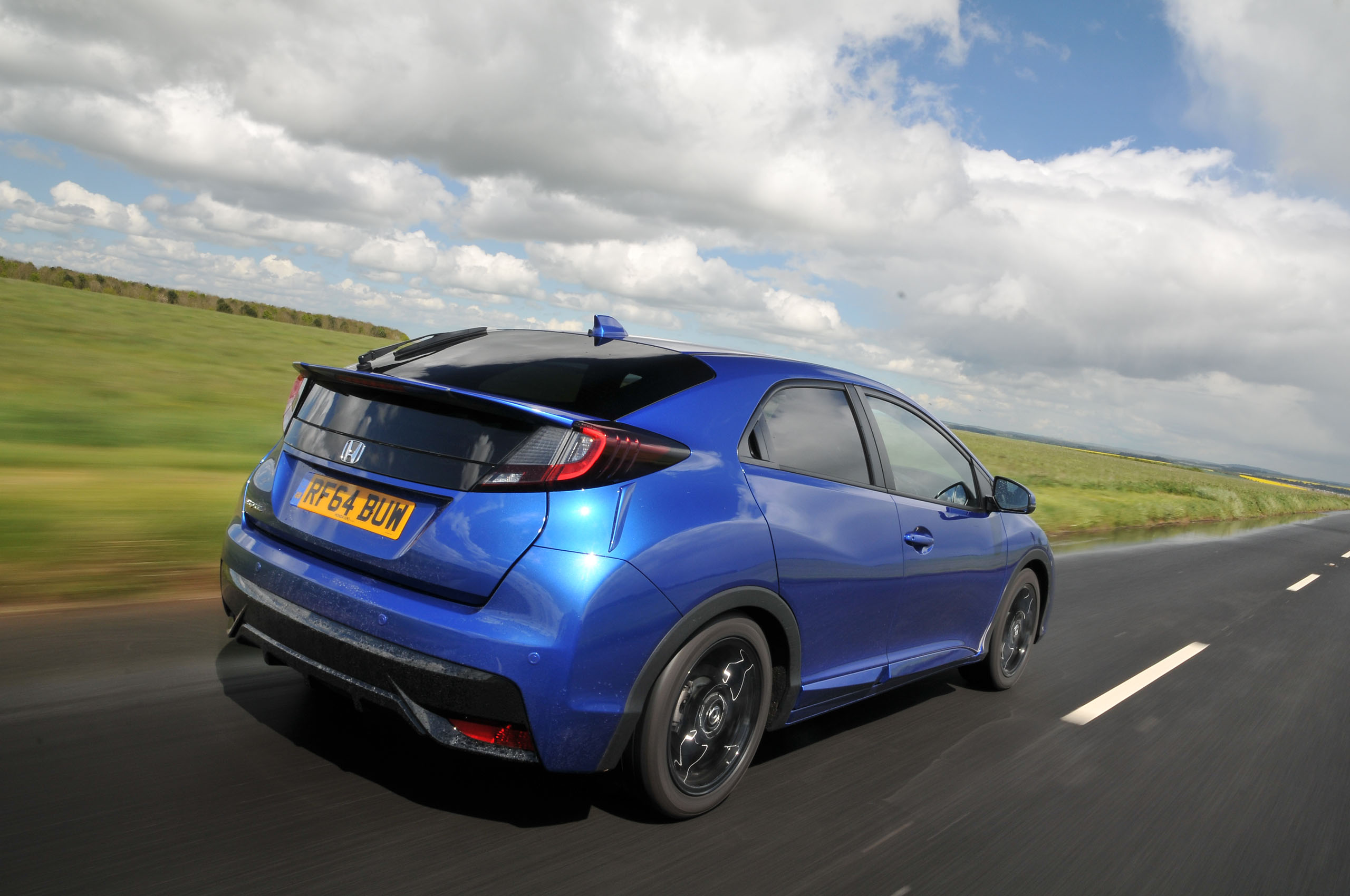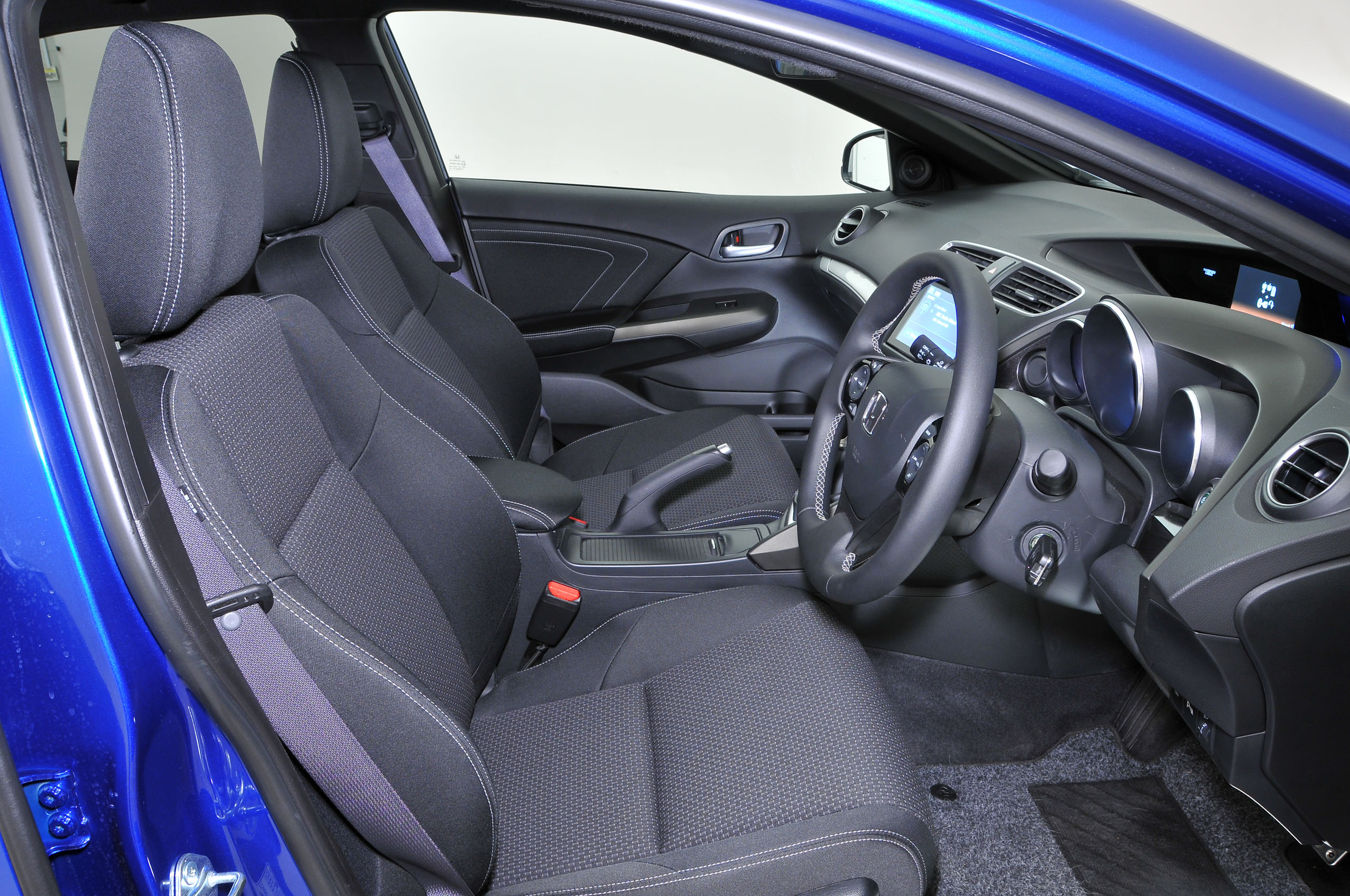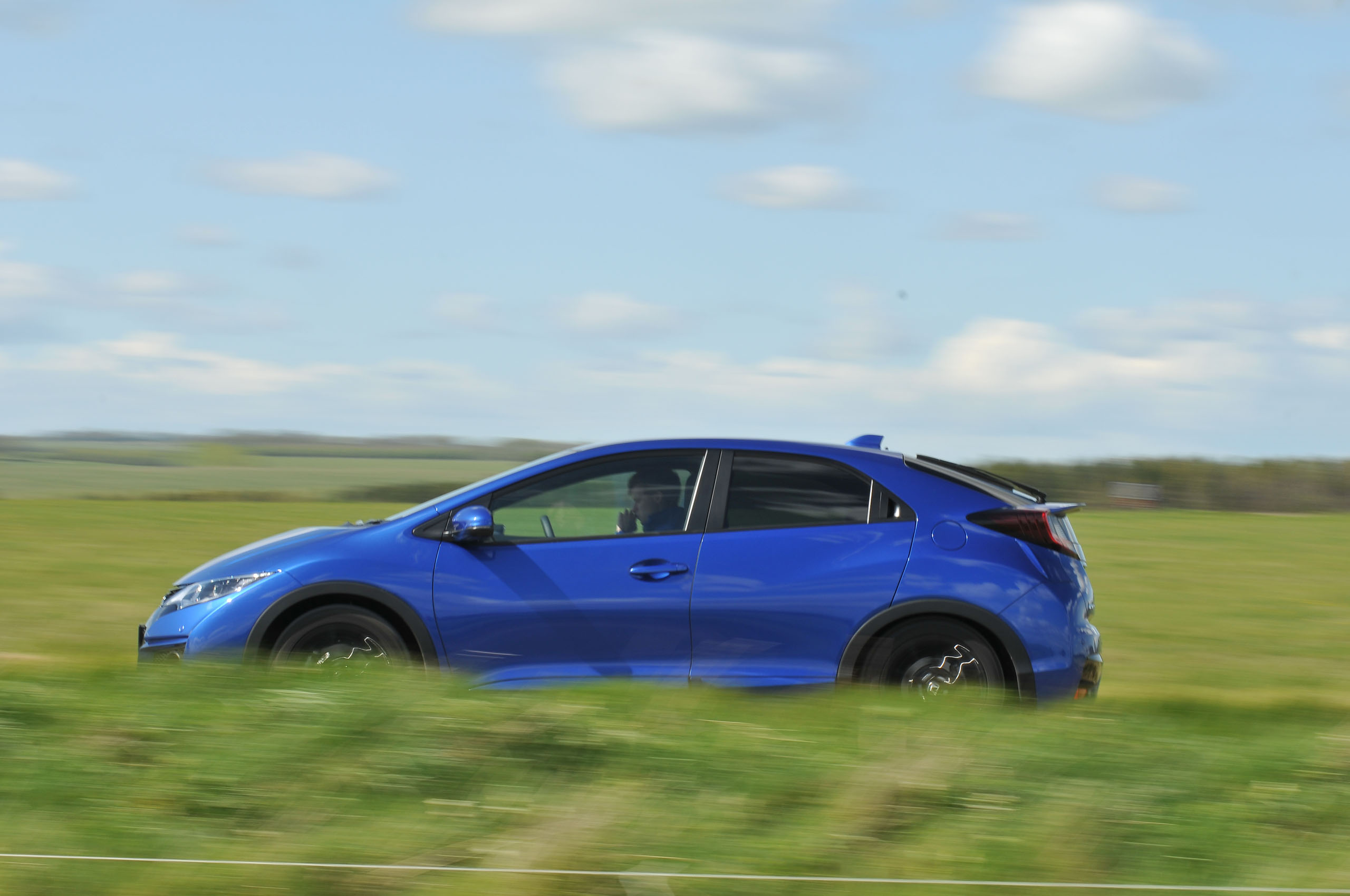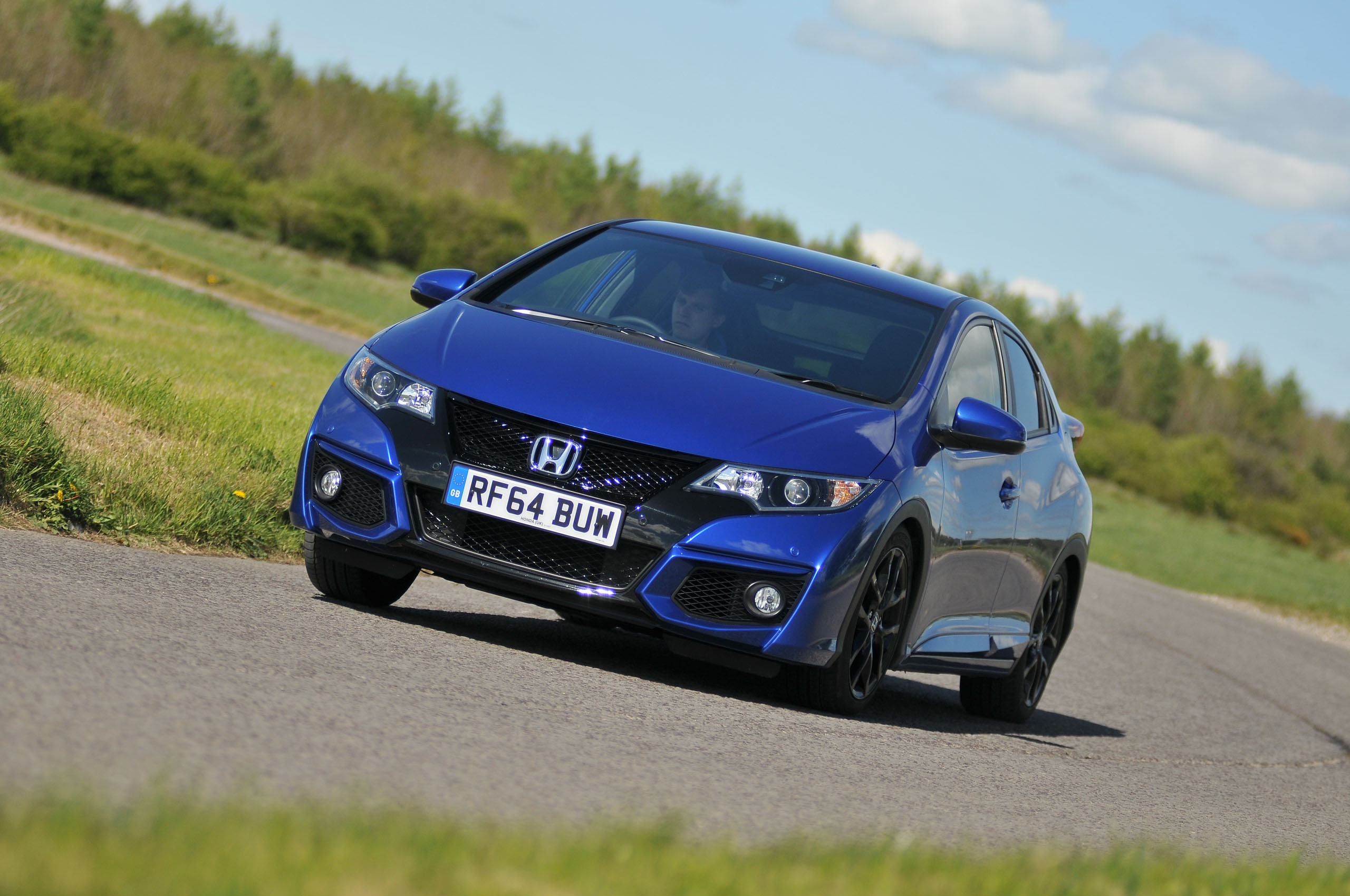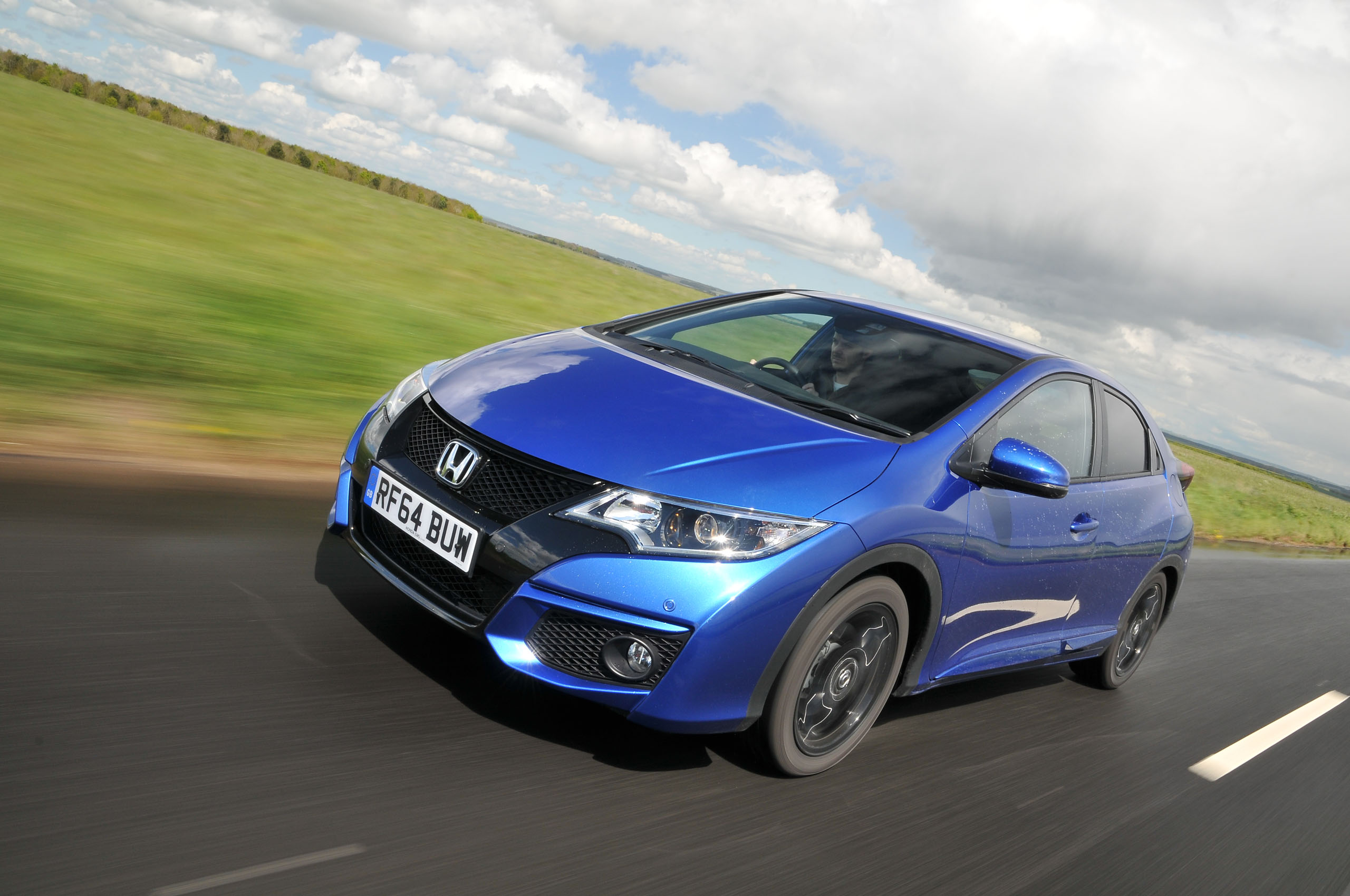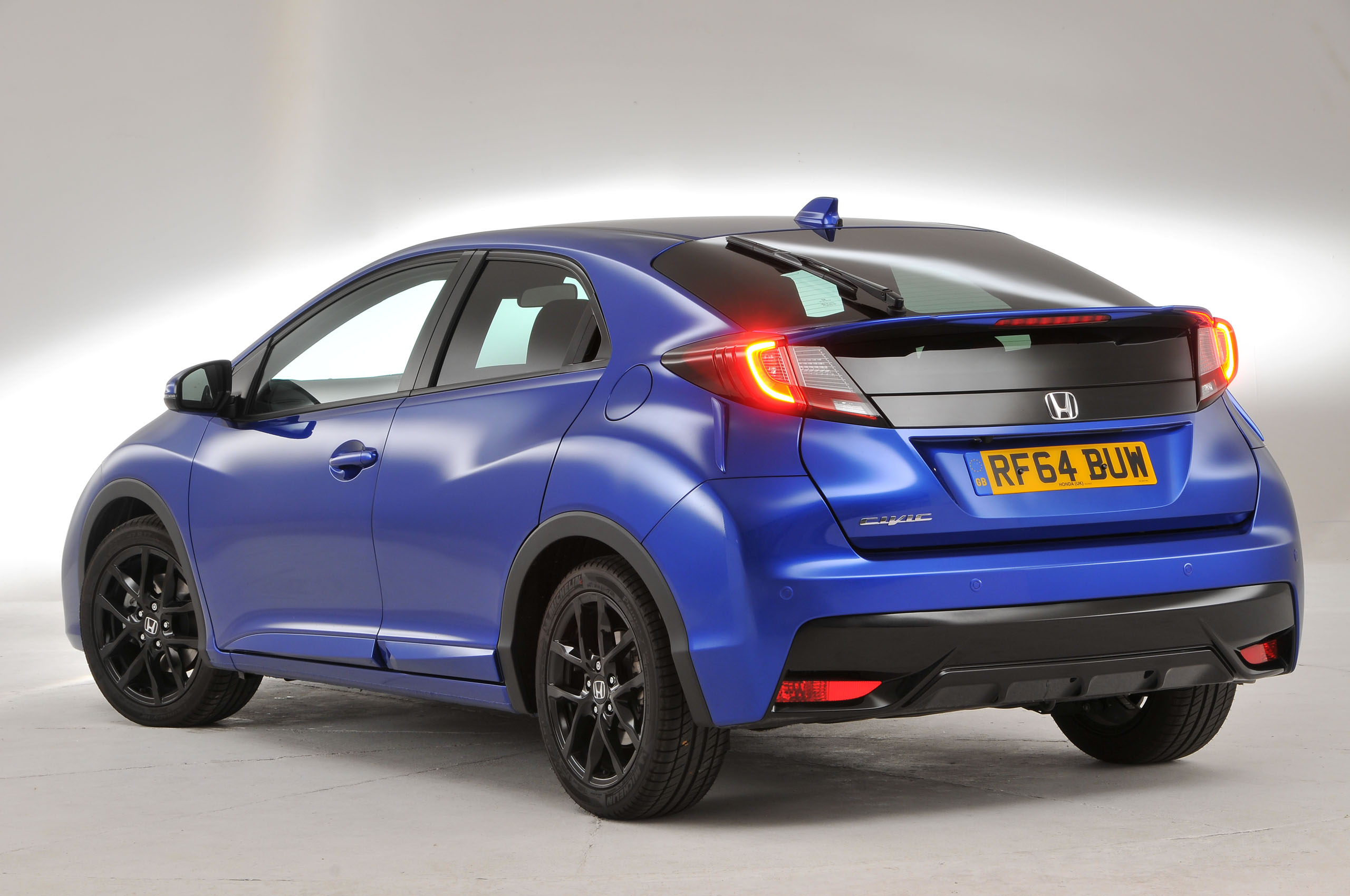It's never been the kind of car maker to measure success exclusively in terms of units sold and overall market share captured – but as far as UK sales of its Honda Civic are concerned, that’s probably just as well for Honda.
This engineering-led innovator has been making Civics for four decades and more than 20 million examples have been sold worldwide.
But despite having been built in the UK for more than a quarter of its life now, the Civic has never featured among Britain’s top 10 annual best-selling new cars.
Into that context of unexploited potential, and borne out of Honda’s will to compete more closely with the established local powers across as many of Europe’s new car market segments as possible, comes the ninth-generation Civic five-door – the third to be assembled at Swindon.
With carbon dioxide emissions, running costs, prices and kit levels that position it shoulder to shoulder with the likes of the Volkswagen Golf, Vauxhall Astra and Ford Focus, this Civic at last looks as if it has the platform from which to deliver sales results.
Even the car we are looking at here has been described as 'too conservative for younger buyers' by the Civic's project boss, Mitsuru Kiraya. That is why Honda is readying its tenth generation Civic for launch in early 2017 to carry on its fight againsts its European contemporaries. Like the current generation the new Civic will also be built at the Swindon plant, with Honda earmarking £200 million of investment in new production technologies and processes.


